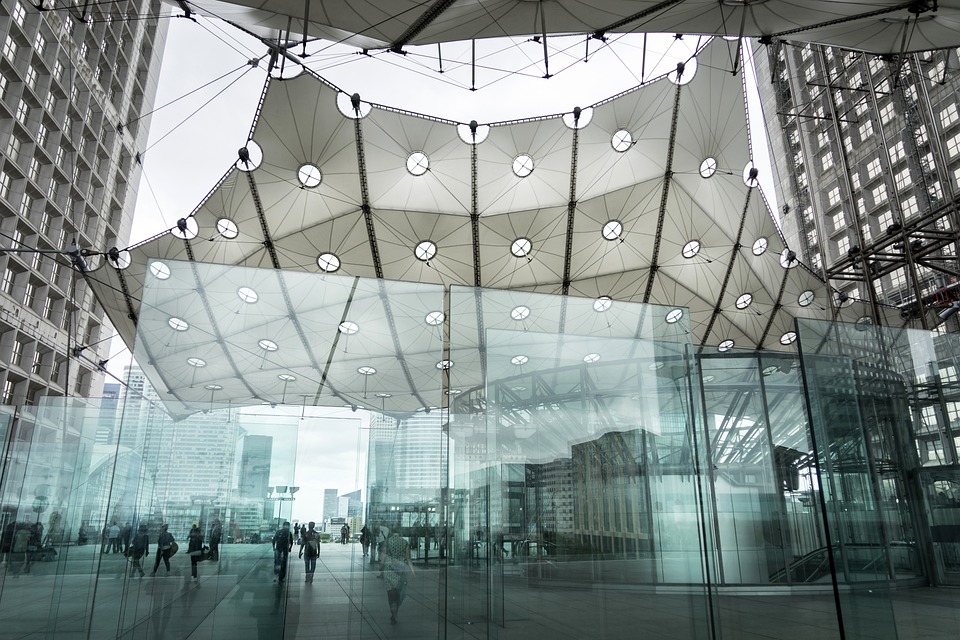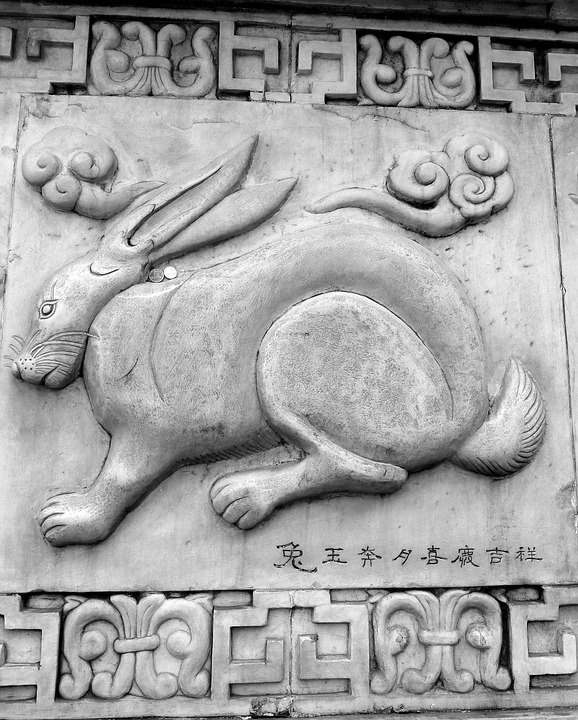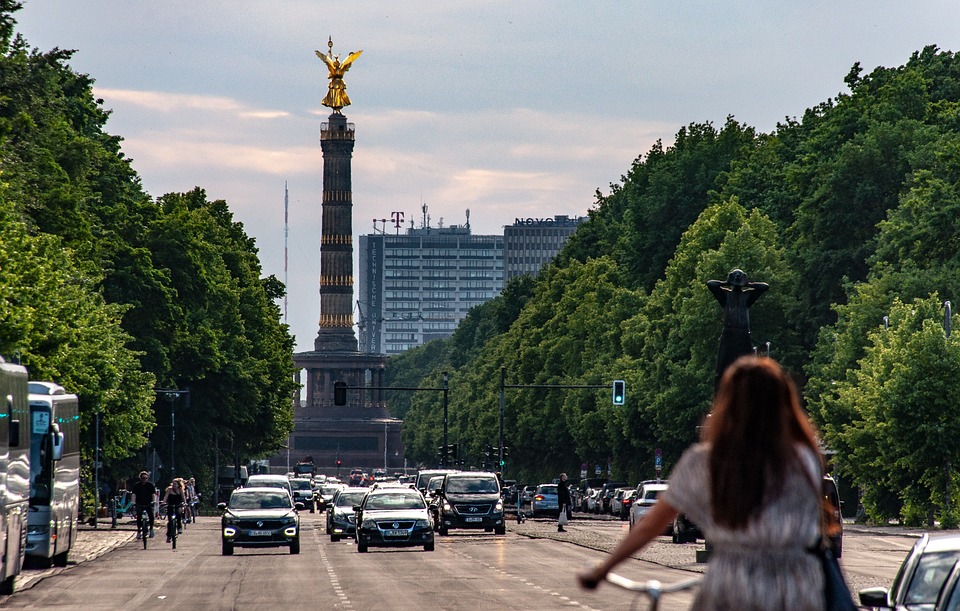Introduction
Capitalism has long been hailed as the driving force behind economic growth and development. Its promise of prosperity and wealth creation has led to widespread adoption around the world. However, with every boom comes a bust, and the cycle of capitalism has proven to be a double-edged sword. In this article, we will explore the cycle of capitalism and its consequences, from the heights of economic expansion to the depths of a recession.
The Boom Phase
In the boom phase of capitalism, the economy experiences rapid growth and expansion. Businesses are thriving, consumers are spending, and investors are reaping the rewards of their investments. This period is characterized by high levels of consumption, investment, and employment, leading to increased production and economic output.
Speculative Behavior
One of the hallmarks of the boom phase is speculative behavior. Investors are willing to take on more risk in pursuit of higher returns, leading to inflated asset prices and unsustainable levels of debt. This behavior can create bubbles in the economy, where prices become disconnected from the underlying value of assets.
Increased Inequality
While the boom phase may bring prosperity to some, it often exacerbates inequality. The wealthy see their fortunes grow exponentially, while the working class struggles to keep up with rising costs of living. This widening wealth gap can have long-term consequences for social cohesion and economic stability.
The Bust Phase
As the boom phase reaches its peak, cracks begin to appear in the foundation of the economy. Unsustainable levels of debt, overinflated asset prices, and speculative behavior can lead to a sudden downturn. The bust phase of capitalism is characterized by a contraction in economic activity, rising unemployment, and financial instability.
Financial Crises
The bust phase often culminates in a financial crisis, where banks and financial institutions come under severe strain. This can result in a credit crunch, as banks become reluctant to lend and businesses struggle to access the capital they need to survive. The resulting liquidity crisis can have far-reaching implications for the economy as a whole.
Recession
The bust phase of capitalism typically leads to a recession, where economic output contracts and GDP growth turns negative. Unemployment rises, consumer spending falls, and businesses struggle to stay afloat. This period of economic hardship can have a significant impact on individuals and families, leading to financial insecurity and hardship.
Consequences of the Cycle of Capitalism
The cycle of capitalism has far-reaching consequences for society as a whole. While the boom phase may bring prosperity and economic growth, the bust phase can have devastating effects on individuals, businesses, and the economy as a whole.
Social Unrest
The widening wealth gap that often accompanies the boom phase of capitalism can lead to social unrest and political instability. As the wealthy continue to amass wealth at the expense of the working class, resentment and anger can build up within society. This can lead to protests, strikes, and even revolutions, as people demand a more equitable distribution of wealth and resources.
Long-term Economic Damage
The bust phase of capitalism can have long-term consequences for the economy, with lasting damage to economic output and growth potential. Recurring recessions can erode consumer confidence, lead to businesses failing, and slow down investment and innovation. This can create a cycle of stagnation and decline, where the economy struggles to recover from the effects of previous downturns.
Conclusion
The cycle of capitalism is a natural phenomenon that has been observed throughout history. While the boom phase may bring prosperity and growth, the bust phase can have devastating consequences for individuals and society as a whole. By understanding the cycle of capitalism and its consequences, we can work towards creating a more sustainable and equitable economic system that benefits all members of society.




